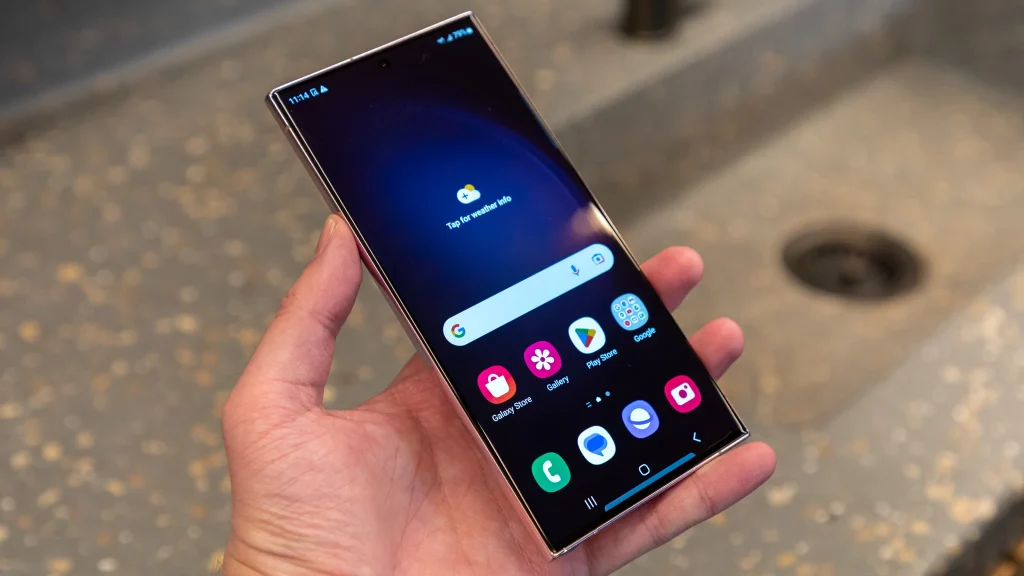Smartphones have come a long way since the first iPhone was released in 2007. Over the past decade and a half, we have seen a remarkable evolution in smartphone design and build quality. In this article, we will explore the key milestones in this evolution and discuss how they have influenced the way we use our phones today.
The Early Years: Plastic and Clunky Designs
In the early years of smartphones, devices were mostly made of plastic, which made them lightweight and affordable but also less durable. These early devices also tended to have clunky designs with physical keyboards and small, low-resolution screens.
One notable exception was the first iPhone, which had a sleek and minimalist design that set the standard for the industry. The iPhone’s touchscreen interface and intuitive software were also major innovations that helped establish Apple’s dominance in the smartphone market.
The Rise of Metal and Glass
In the years following the release of the first iPhone, smartphones started to become more sophisticated and aesthetically pleasing. Metal and glass started to replace plastic as the preferred materials for high-end devices, giving them a more premium look and feel.
One of the most significant examples of this trend was the Samsung Galaxy S6, which was released in 2015. The device featured a stunning glass and metal design that made it stand out from the competition. The Galaxy S6 was also the first Samsung device to feature a fingerprint scanner, which paved the way for biometric authentication on smartphones.
The Emergence of Bezel-less Displays
Another major milestone in the evolution of smartphone design was the emergence of bezel-less displays. Bezel-less displays eliminate the borders around the screen, giving devices a more immersive and futuristic look. The first smartphone to feature a bezel-less display was the Xiaomi Mi Mix, which was released in 2016. The device had an impressive screen-to-body ratio of 91.3%, which was a major breakthrough at the time.
Today, bezel-less displays are becoming increasingly common, and many high-end smartphones feature screens that cover almost the entire front of the device. This trend has led to the adoption of new features such as in-display fingerprint scanners and facial recognition.
Waterproofing and Durability
In recent years, smartphone manufacturers have started to place a greater emphasis on durability and waterproofing. Many high-end devices are now rated for water resistance, which means they can survive being submerged in water for a certain amount of time without being damaged.
One notable example is the Samsung Galaxy S21, which has an IP68 rating for water resistance. This means it can survive being submerged in up to 1.5 meters of water for up to 30 minutes. The device also features a tough Gorilla Glass Victus front panel, which makes it less prone to scratches and cracks.
Foldable Displays
Foldable displays are expected to be a major trend in smartphone design in the coming years. These displays allow manufacturers to create devices that can be folded in half, making them more portable and versatile. While the first generation of foldable devices had some durability and software issues, manufacturers have been working to improve the technology.
The use of foldable displays presents new challenges for smartphone manufacturers, as the displays need to be flexible and durable enough to withstand repeated folding and unfolding. Manufacturers are exploring new materials and technologies to address these challenges, such as flexible glass and new hinge mechanisms.
Alternative Materials
Smartphone manufacturers are also experimenting with alternative materials in their designs. Alternative materials can provide improved durability, scratch-resistance, and aesthetic appeal compared to traditional materials like glass and metal. Manufacturers are exploring materials like ceramics, titanium, and carbon fiber to achieve these benefits.
Alternative materials can also provide unique design options, allowing manufacturers to create devices with different colors, textures, and patterns. For example, a ceramic back panel can provide a more premium and luxurious feel compared to a traditional glass back panel.
Sustainable Materials
As consumers become more environmentally conscious, smartphone manufacturers are exploring sustainable materials for their designs. Sustainable materials can reduce the environmental impact of smartphone manufacturing and disposal, for example, HONOR Magic 5 Pro review tells us more about sustainable materials.
Manufacturers are exploring materials like bamboo, recycled plastic, and bio-plastics for their designs. These materials can provide benefits like improved durability, lightweight, and unique textures and patterns.
Modular Designs
Modular designs are another trend that may shape the future of smartphone design. Modular designs allow users to customize their devices by adding or removing modules like cameras, batteries, and speakers. This approach can reduce electronic waste and provide users with more flexibility and control over their devices.
Modular designs can also make device repairs and upgrades easier and more cost-effective, as individual components can be replaced or upgraded rather than the entire device.
Conclusion
In conclusion, the evolution of smartphone design and build quality has been a remarkable journey over the past decade and a half. From the early plastic and clunky designs to the sleek and premium devices of today, smartphones have become an integral part of our daily lives. The emergence of metal and glass, bezel-less displays, and waterproofing and durability have all contributed to the way we use our phones today. As we look ahead to the future, it will be interesting to see what new innovations and design trends emerge in the years to come.
Michael C Vang is a passionate blogger. He has been blogging since 2013 on a variety of topics. He is committed to creating informative and engaging content that helps readers learn more about everything.



